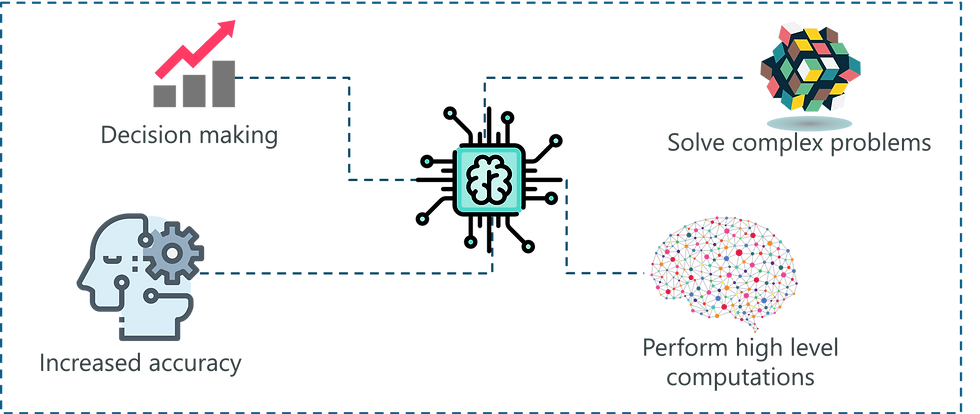Prompt EMR 2025 | How AI Transforms Electronic Medical Records
- Abhinand PS
.jpg/v1/fill/w_320,h_320/file.jpg)
- 6 days ago
- 2 min read
Prompt EMR 2025: Transforming Electronic Medical Records with AI-Powered Prompts
Electronic Medical Records (EMR) have become a cornerstone of modern healthcare, storing vital patient data and streamlining workflows. In 2025, the integration of prompt engineering and AI into EMR systems is revolutionizing how medical data is captured, analyzed, and utilized. This blog explores what prompt EMR means today, its benefits, and how it’s reshaping healthcare technology for better outcomes.

What Is Prompt EMR?
Prompt EMR refers to Electronic Medical Records enhanced by AI-driven prompt techniques. Using sophisticated natural language processing (NLP) and prompt engineering, healthcare providers can interact intuitively with EMR systems through conversational queries, automated note generation, and intelligent data extraction.
In essence, AI prompts:
Assist in creating accurate clinical notes from doctor-patient conversations
Enable easy retrieval of relevant patient records via natural language questions
Automate coding and billing suggestions based on clinical data
Support decision-making by generating alerts and reminders with contextual prompts
How Prompt Engineering Enhances EMR Systems in 2025
1. Voice and Text Input Using AI Prompts
Clinicians can dictate or type conversational prompts that the EMR system intelligently converts to structured data, reducing documentation time and error risks.
2. Dynamic and Contextual Note Generation
AI-generated notes based on prompt instructions offer detailed, contextually relevant clinical documentation that meets compliance and quality standards.
3. Automated Clinical Decision Support
Prompts within EMR alert providers about potential issues such as drug interactions, allergies, or required screenings, improving patient safety.
4. Streamlined Billing and Coding
AI-driven prompts analyze clinical notes in real-time to recommend appropriate medical codes, minimizing billing errors and maximizing revenue cycles.
Benefits of Prompt EMR to Healthcare Providers
Efficiency Gains: Reducing manual charting frees doctors to focus on patient care.
Improved Accuracy: Minimizes missing or incorrect data entries.
Enhanced Patient Outcomes: Real-time insights and reminders drive evidence-based care.
Regulatory Compliance: Automated documentation meets audit requirements seamlessly.
User-Friendly Interfaces: Natural language prompts reduce training needs and ease adoption.
Quick Facts Table: Prompt EMR Overview
Feature | Description | Benefit |
AI-Powered Prompts | Voice/text input & automated notes | Saves time, reduces errors |
Contextual Alerts | Clinical decision support | Enhances patient safety |
Coding Automation | Billing code suggestions | Streamlines revenue management |
NLP Integration | Natural language processing | Intuitive interaction |
Compliance | Audit-ready documentation | Meets healthcare standards |
FAQs About Prompt EMR in 2025
Q1: How does prompt EMR impact doctor-patient interactions?Prompt EMR allows faster, more accurate documentation without disrupting the natural flow of conversations.
Q2: Is prompt EMR secure and compliant with healthcare regulations?Yes, advanced encryption and compliance features ensure data safety and regulatory adherence.
Q3: Can prompt EMR systems integrate with existing hospital IT infrastructure?Most prompt EMR solutions in 2025 are designed with flexible APIs and interoperability standards to fit seamlessly into existing workflows.
Prompt EMR represents the future of electronic healthcare records—combining AI, natural language understanding, and medical expertise to enhance care quality and operational efficiency. For more AI advancements in health tech and practical insights, visit abhinandps.com and consult trusted healthcare information sources like .gov health portals and academic publications.



Comments